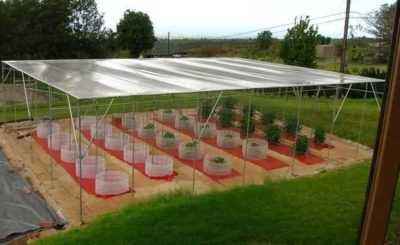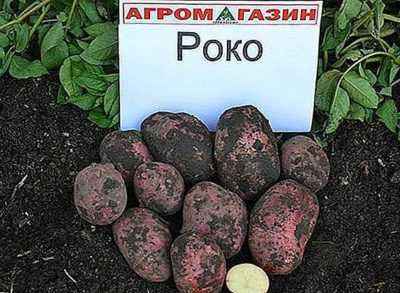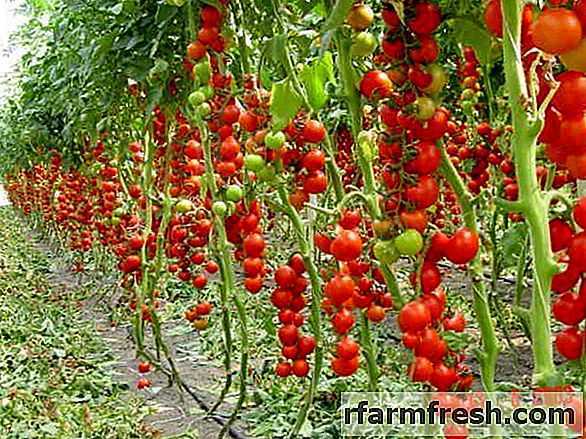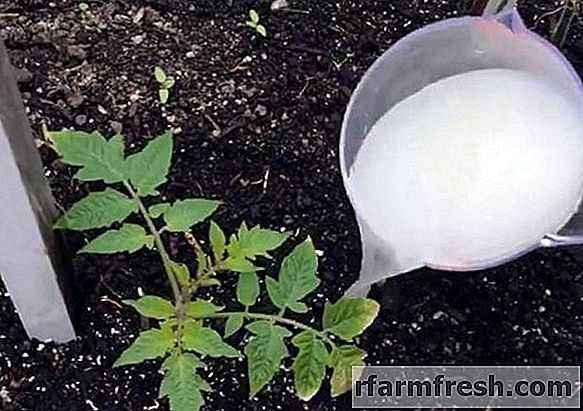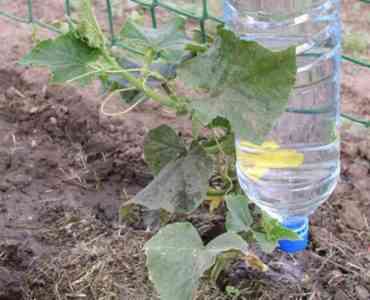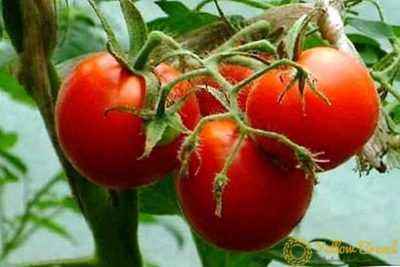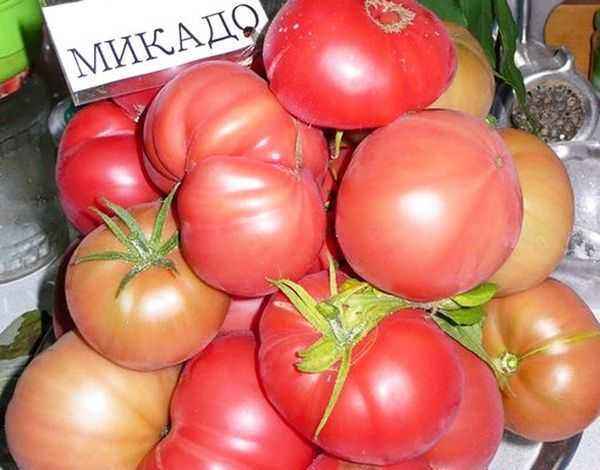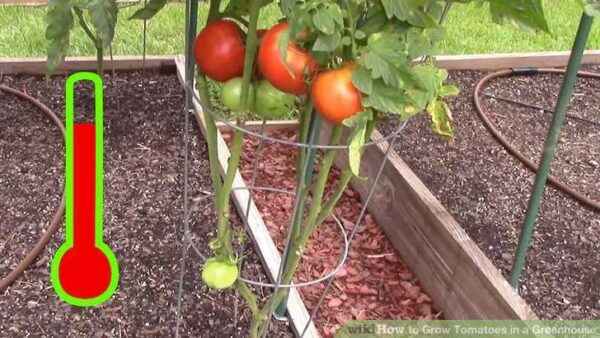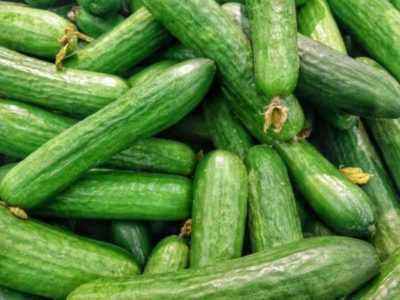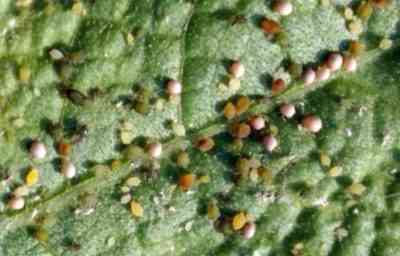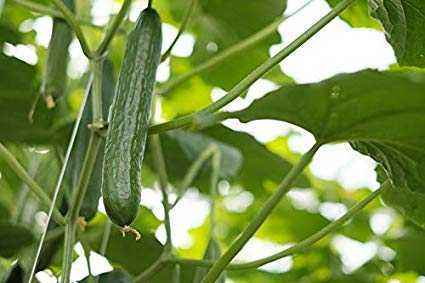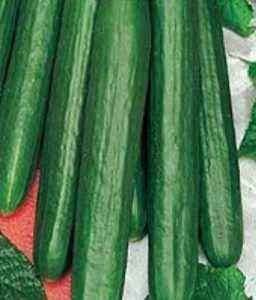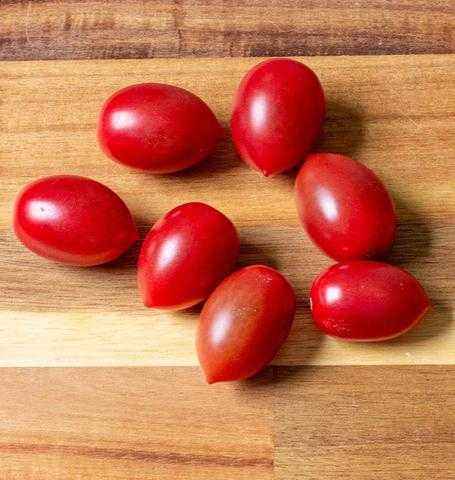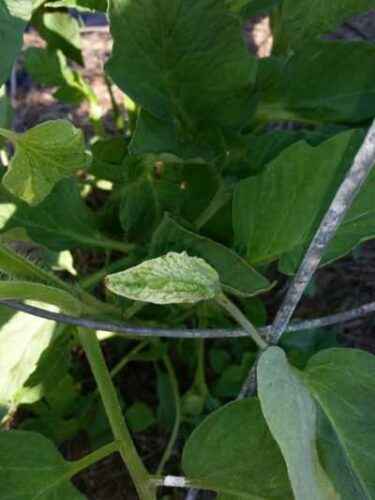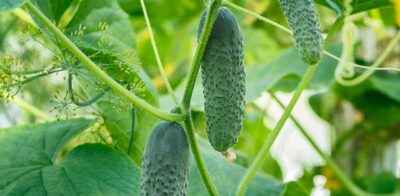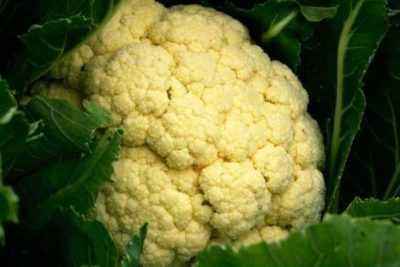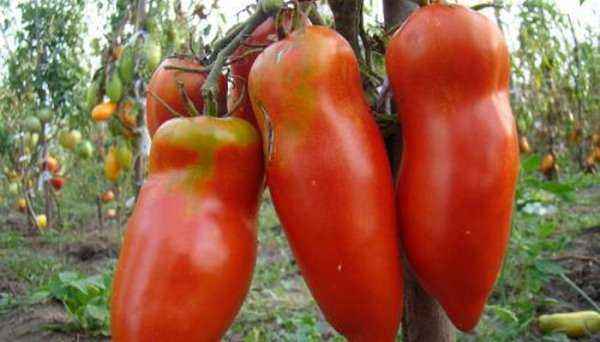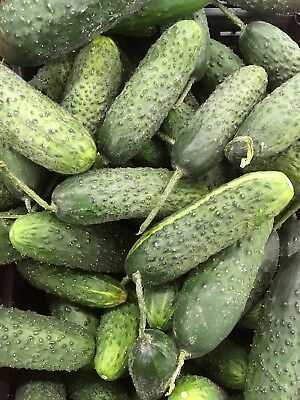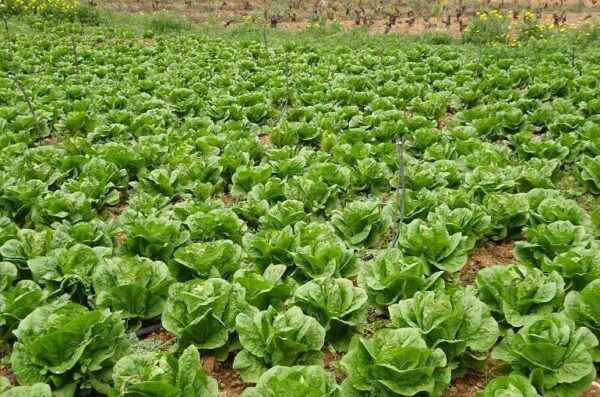Zucchini is a valuable vegetable crop. They are rich in vitamins, have a pleasant taste, are widely used in cooking. It is easy to grow them, any beginner gardener will cope with the task. To get a rich harvest, you need to know the rules for preparing seeds, the distance of planting of zucchini and some details of care.
- Which variety to plant for
- Seed preparation
- Timing and planting schedule
- Rules for care after planting
- How to water zucchini
- How to fertilize zucchini
- Loosening and weeding
- Harvesting
- Conclusion <
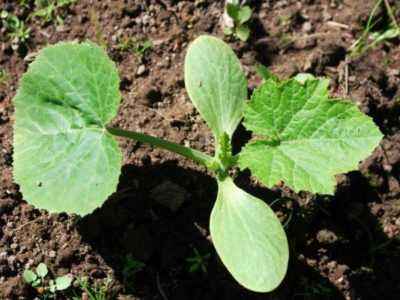
Zucchini planting scheme
Which variety to plant for
When choosing a variety zucchini for planting in open ground take into account the timing of fruit ripening, growth type, yield, susceptibility to diseases.
The most suitable varieties for growing:
- Aeronaut. Shrub variety, has a high resistance to diseases. Fruits are oblong, green, maximum yield 7 – 7.5 kg per m².
- Cavili. A high-yielding variety (9 kg per m²), characterized by early ripening, resistant to disease. The fruits are oblong, light green in color.
- Iskander. The species belongs to early ripening; fruiting lasts until the first frost. Highest-yielding variety: from m² beds under favorable conditions, you can collect 15 kg of fruit.
- White. Refers to early ripening, the fruits are large, oval, white.
- Waterfall.An early ripe hybrid, has a high yield, medium resistance to diseases and pests.
- Gribovsky. Mid-season variety, yield 8.5 kg / m². The fruits are light, large, have a dense skin, so they are suitable for storage for the winter.
- Zolotinka. It is characterized by late ripening, has an average resistance to diseases. It has beautiful long fruits, yellow.
- Anchor. It has high frost resistance, practically not susceptible to disease.
- Pharaoh. Frost-resistant, large-fruited variety, has an average yield and disease resistance. Black-green fruits are suitable for long-term storage.
- Ardendo 174. An early ripe variety, with light green fruits of medium size.
- Genovese. The variety is characterized by long and large fruits, resistance to temperature changes.
The listed varieties can be planted in the middle lane and southern regions. For Siberia, the Ardendo variety is excellent, as well as Partenon, Belogor and Genovese. The fruits have good commercial qualities.
Seed preparation
Zucchini seeds need to be bought only from trusted sellers to get the right variety that meets all the characteristics.
Before planting, the seed must be prepared.
- check for emptiness using a solution of sodium chloride (dissolve in a glass of water, 1 hour.l of salt, and toss seeds that are empty after 20-30 minutes they will pop up and germinate);
- treat with a growth stimulator (moisten gauze in solution and wrap seeds until they swell);
- put in a cool place for 2 days when the seeds swell;
- a week to keep the seeds in a bright and warm place.
Small seeds should appear from the seeds. After germination, the material can be planted on seedlings.
To grow seedlings, you need garden soil mixed with peat, wood ash in a ratio of 1: 1: 1. In the mixture you need to add fertilizers – nitrogen and mineral. Gardeners also advise disinfecting the soil, for this freeze, and then heat. You can plant germinated seeds only in soft and warm soil.
You can buy ready-made soil mixture in the store. It does not need to be disinfected and fertilizer added.
The soil is scattered in separate cups and the seeds are sown. Drainage from expanded clay or river sand is laid at the bottom of the tanks. If the mixture turned out to be light, the seed is deepened by 6 cm. In a dense material is placed 4 cm in depth.
2 sprouts are placed in one container, the ground is covered with mulch on top. After 1 to 2 weeks, the weaker germ needs to be removed.
Timing and fit
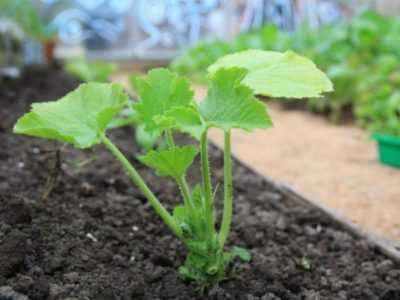
Young seedlings need to be protected from direct sunlight
To plant zucchini and zucchini, the garden needs to be prepared in the fall. They dig it to a depth of 1-2 m, mix the soil with saltpeter and mineral fertilizers.
In the south, seedlings can be transferred to the open ground in late May, in the middle lane, planting is carried out in June. It is important that stable warm weather is established.
In order for young plants to take root, it is important to follow the planting pattern. The distance between the seedlings of zucchini is 1 meter.
The zucchini planting scheme is the same, but the distance between the plants should be 20 cm more.
Dig up small ones before planting pits. They begin planting in the evening, so that the sun does not burn young plants. A place in the garden should also be chosen protected from direct sunlight and through wind.
Humus and ash are poured into each dug hole, mixed with soil. Then fill the hole with water. The seedling is carefully removed from the pot with a lump of soil and lowered into the hole. Sprinkle the roots with soil, trample on. The basal soil is mulched. Plants can be tied to a support.
Care rules after planting
In order for seedlings of zucchini to take root and bring a rich harvest, you need to provide them with proper care, which includes watering, feeding and weeding from weeds.
How to water zucchini
Zucchini in the early stages of development and after transplanting into open ground need plentiful watering, especially in the dry period.
Basic rules :
- is carried out every 10-14 days early in the morning or after sunset;
- water the plants under the root;
- the optimal amount in odes 12 l / m²;
- the water should not be cold, the normal temperature of the water is 20 – 25 °;
- the liquid should not fall on the leaves, flowers and fruit ovaries, so as not to cause rotting .
If watering is insufficient, the palatability of the fruit deteriorates, the flesh bites.
Watering is stopped a week before the harvest. The leaves of the plant may fade, but this is not a reason for panic. When the amount of sunlight decreases, they will rise again.
How to fertilize zucchini

It is enough to fertilize the plants twice
After planting in the ground, fertilize the squash 2 times. During flowering, fertilizing the complex composition (with organic matter and minerals) is done.
When the first fruits appear, mineral fertilizing with phosphorus and potassium is introduced into the soil. Liquid fertilizer must be prepared strictly according to the manufacturer’s instructions, so as not to burn the roots.
Loosening and weeding
Loosen the soil in the root zone the day after watering. The process must be careful so as not to damage the roots. As the plants grow, the soil needs to be mulched.
Weeds need to be weeded regularly as needed. Flowering herbs are required to be destroyed, parasites are most often planted in them.
Harvest
Early ripening varieties ripen in 30 – 40 days, later in 45 – 60 days after planting. Some plants bear fruit until the first frost.
Zucchini can be harvested when they reach a mass of 150 – 250 g, size 15 – 20 cm. Fruits with these characteristics have small seeds, thin peels. Cut the zucchini with a stalk 6 – 9 cm long. So they will be stored longer.
Conclusion
Zucchini have a unique vitamin and mineral m composition. If properly prepare seeds and carry out planting squash at the correct distance from each other, the plant will give a rich harvest.
Grow seedlings and care for older plants is not difficult. Water the most important thing in time, then the pulp will be juicy and tasty.


